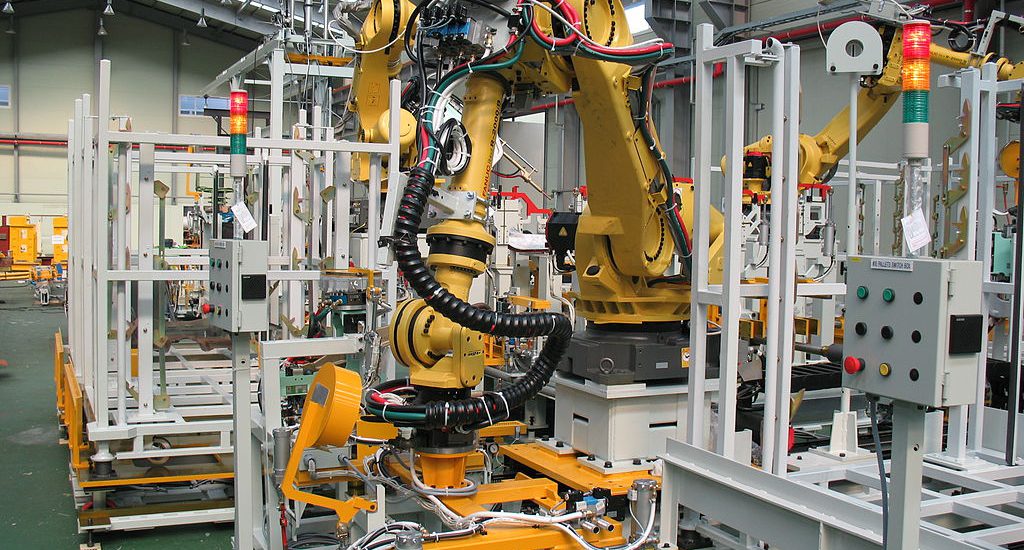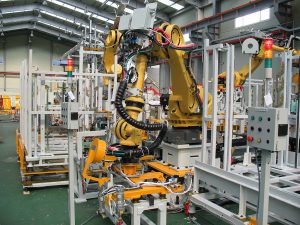- January 8, 2020
- Posted by: David Marshall
- Category: Leadership, Manufacturing

How do you bring 10 new projects together at once? If you’re looking to make major wholesale changes in your operation, how do you do it without interrupting the flow of what’s already there? How do you revamp an entire facility, replace old machines with new ones, old processes with new, and even old mindsets with new philosophies? I’ve learned that the best way to do wholesale change in a manufacturing facility is greenfielding.
If you’ve ever heard of a blue ocean strategy, then you understand what greenfielding is. It’s the untouched soil, the fertile ground, the chance to start over with a new project or manufacturing facility.
Essentially, you start with a clean sheet of paper so you don’t have to move one set of technology out while you’re trying to implement a new set of technology, and trying to get it all to fit with the technology that’s going to remain behind for a few months.
 Ultimately, the cost of greenfielding a facility is a lot less than the cost of trying to refit an old facility’s old technology being run with old tribal wisdom. It’s a lot easier than trying to introduce new things into the old space.
Ultimately, the cost of greenfielding a facility is a lot less than the cost of trying to refit an old facility’s old technology being run with old tribal wisdom. It’s a lot easier than trying to introduce new things into the old space.
One of the biggest costs in a business is the cost of change, and one of the biggest changes is changing people’s mindsets. For example, people who are used to working with internal combustion engines and the systems and controls around that, it’s not so easy to get them to change and work with electric cars instead.
That’s why, when we built the new Duoline facility, I was designing, developing, and building the new facility even while operating the old facility. When the new plant was completed, we just shut down one operation and opened the other, starting completely over.
We also used different professionals to work on different aspects of the project. I partnered with an integrator — a software developer who created the sequencing of the product through the work cell. The integrator also worked with the systems developers we used.
Finally, I didn’t move anyone over to the new plant, with the exception of the engineering group, because it was a totally different technology and brand new way of doing things. The people in the old facility were often problematic to begin with and they weren’t my first choice of staff for the new operation.
From the entire process, I learned several important lessons about making wholesale changes with all new technology and processes.
- Greenfielding major projects is always better than trying to piecemeal several new technology pieces into place. Start over, start from first principles, and build the system you want, don’t retrofit.
- Work with a professional project manager or integrator who has knowledge and experience for this type of work. Don’t think about trying to do it all yourself.
- Treat the different vendors’ products as parts of a system, not standalone units that sort of connect together. Make sure everything works together before you even begin breaking ground. Everything should just be able to flow without any hiccups or the need for external fixes.
- Automate as much of the operation as you can. It saves you a lot of time and money right off the bat, and it improves productivity.
I’ve been a manufacturing executive, as well as a sales and marketing professional, for a few decades. Now I help companies turn around their own business, including greenfielding a new manufacturing facility. If you would like more information, please visit my website and connect with me on Twitter, Facebook, or LinkedIn.
Photo credit: Mixabest (Wikimedia Commons, Creative Commons 3.0)

